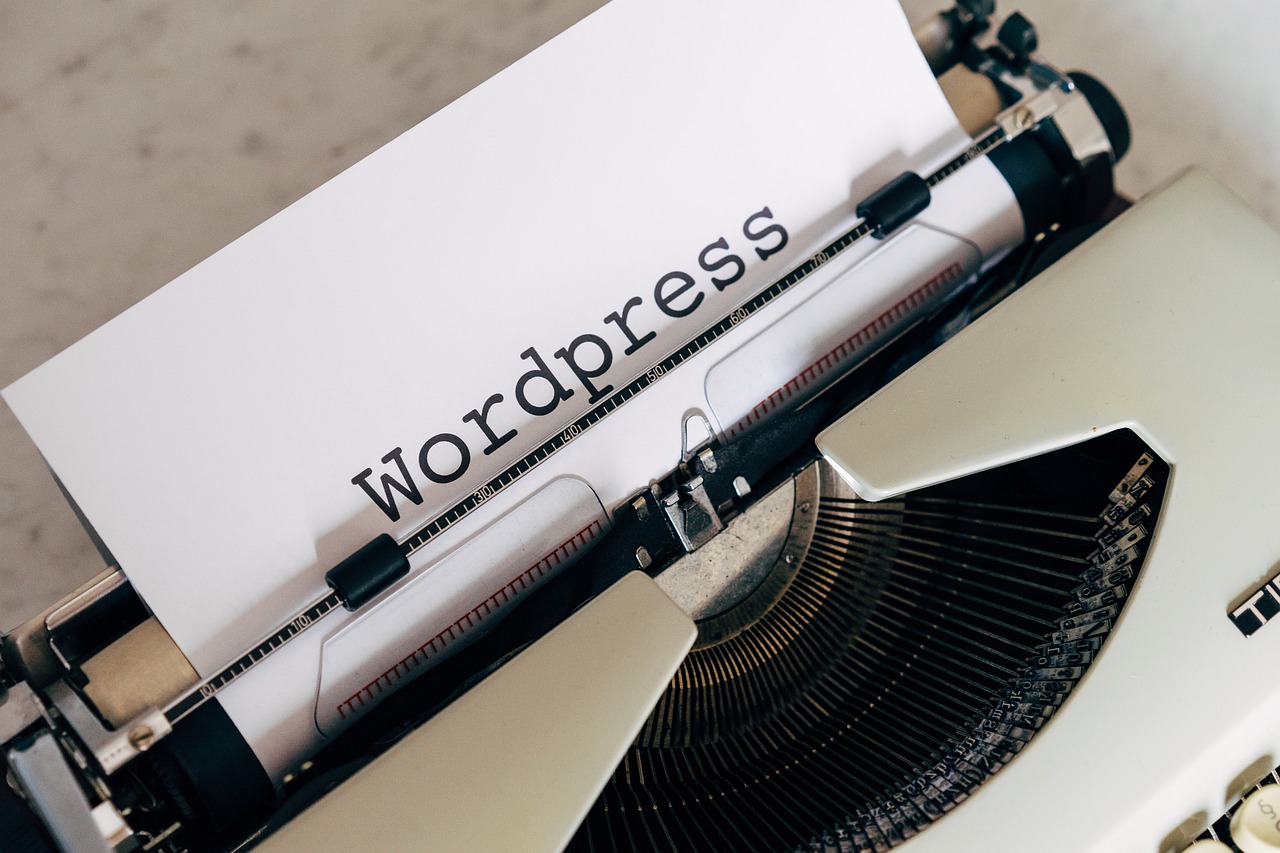Best WordPress Malware Removal
WordPress websites are susceptible to malware attacks and infection at any time. WordPress powers more than 74 million websites. WordPress malware attacks are possible because all sites are linked to the same Content Management System.
These steps will help you determine if your site is infected by malware.
This warning is a sign that your site has been compromised by malware. However, you can look for other indicators to help you determine if it has.
WordPress Malware Removal and Detection
- Browsers warn you about malware infections and block your site access
- Your website host suspends your website citing the malicious activity
- You can see logins from new users (with malicious intent), which have hacked into your account.
- Unexpected behavior from browsers on your website
- Hackers may have altered or immured code on your website.
Follow these steps to remove malware from WordPress1. Scan WordPress for Malware
Run a website malware scan to determine whether or not your site is really infected, and by what. Several website malware scans are available online, including the cWatch scan by Comodo.
2. Change your cPanel and FTP Password
After you have confirmed that the virus scanning has been completed, change your FTP password and cPanel password. Complex passwords should include a mixture of numbers, uppercase and lowercase letters, and special characters.
3. Download WordPress
Be sure to download CDN for WordPress from the WordPress site itself.
4. Extract files from zipping
After downloading the WordPress package, extract the zip files.
5. Get rid of WordPress Malware Login to your account at cPanel > The File Manager
What will the WordPress Installation Files look like?
- wp-admin
- wp-content
- wp-includes
- index.php
- License.txt
- http://readme.html
- wp-activate.php
- wp-blogheader.php
- wp-comments – post.php
- wp-config.php
- wp-config.php
- wp-cron.php
- wp-links.opml.php
- wp-load.php
- wp-login.php
- wp-mail.php
- wp-settings.php
- wp-signup.php
- wp-trackback.php
- xmlrpc.php
Keep the wpconfig.php file intact and the wp-content folder, and then delete all other files and folders to make the installation look like this:
- wp-content
- wp-config.php
Edit the wpconfig.php file from your cPanel > Folder Manager. Verify for vulnerable and unknown codes.
This is how your WP-content folder should look
- Plugins
- Themes
- Uploads
- index.php
You can delete the index.php and plugins folders. After the cleanup is complete, the plugins can then be reinstalled. To know more about how to remove malware from your WordPress site, just contact our security experts now!
WordPress Malware Removal Plugins
Many security plugins are available for WordPress sites. These plugins scan files and databases to detect malware. The plugin scans are more effective than the remote scans. It is important to remove plugins from your site if they are not being used.
Website security can be difficult. cWatch will help you to quickly learn how to secure your website.WordPress malware removal. Website security experts can be reached 24/7 by cWatch to help with any website malware problems. It also ensures robust malware scans. Complete malware removal.
Better late than never, Enrol for cWatch and get connected to our WordPress Security Experts. Register Today
6. Upload the WordPress Again
FTP can now upload the WordPress files that were extracted.
7. Change WordPress Admin Password. Re-install Plugins
You can access the dashboard now. You can change the administrator password by using a combination of letters, numbers, and characters.
8. Remove the Google warning alert
After your site has been scanned for malware, send a request to Google to receive the warning message“This website may cause harm to your computer”Removed from your website















